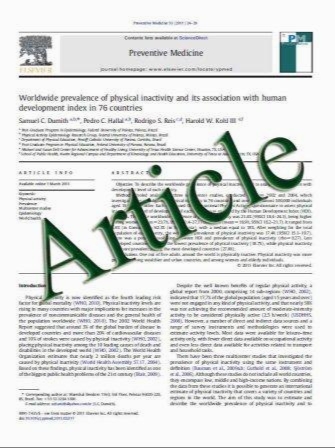Blood pressure profile in renal transplant recipients and its relation to diastolic function: tissue Doppler echocardiographic study
- نوع فایل : کتاب
- زبان : انگلیسی
- مؤلف : Mitra Basiratnia & Maryam Esteghamati & Gholam Hossein Ajami & Hamid Amoozgar & Cyrus Cheriki & Manoochehr Soltani & Ali Derakhshan & Mohammad Hosse
- چاپ و سال / کشور: 2011
Description
Hypertension is a common complication after renal transplantation and is associated with increased risk of cardiovascular disease. The aim of the current study was to investigate the diurnal blood pressure pattern and its relation to structural and functional cardiac changes in renal transplant recipients. Sixty-six stable renal transplant patients (34 female, 32 male), aged 7 to 25 years (mean 17.4±4.3 years) were enrolled in this study. Cardiac function assessed by tissue Doppler echocardiography and blood pressure measurement performed using both the ambulatory and the casual method. Hypertension was demonstrated in 57% of recipients by the casual method and in 75.7% by ambulatory blood pressure monitoring (ABPM). The efficacy of BP control among patients on antihypertensive drugs was 60%. The prevalence of non-dipping was 73%. There was significant inverse correlation between systolic or diastolic day-time or night-time BP index and posttransplant duration (p<0.001, r=-0.386), but no correlation between ABP parameters and BMI, gender, and eGFR. There was a significant relationship between all ABP parameters and left ventricular mass index (LVMI) (p= 0.025–0.007, r=0.28–0.38). LVMI was significantly higher in hypertensive than in normotensive cases (p=0.034). There was no difference in diastolic function between hypertensive and normotensive patients or between patients with and without left ventricular hypertrophy (LVH). In conclusion, our study showed the advantage of ABPM over the casual method of diagnosis of hypertension. LVH is common in transplant patients and is likely associated with arterial hypertension. Hypertension and LVH cannot differentiate transplant patients with diastolic malfunction.
Pediatr Nephrol (2011) 26:449–457 DOI 10.1007/s00467-010-1724-6 Received: 3 August 2010 / Revised: 5 November 2010 / Accepted: 15 November 2010 / Published online: 4 January 2011


